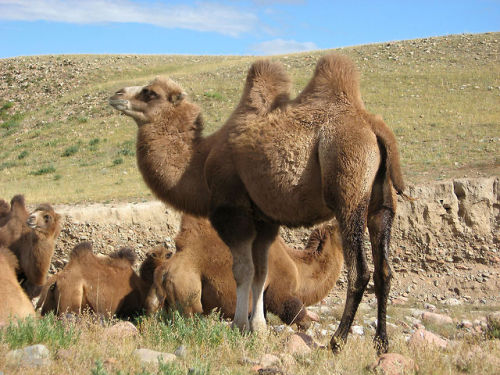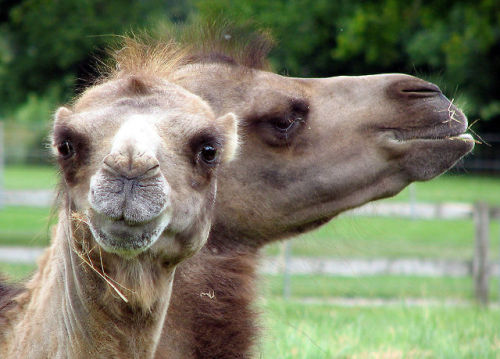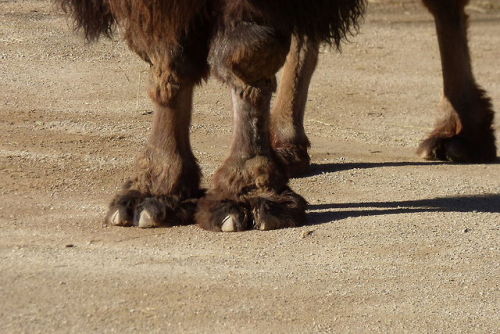cool-critters:Bactrian camel (Camelus bactrianus)The Bactrian camel is a large, even-toed ungulate n
cool-critters:Bactrian camel (Camelus bactrianus)The Bactrian camel is a large, even-toed ungulate native to the steppes of Central Asia. The Bactrian camel has two humps on its back, in contrast to the single-humped dromedary camel. Its population of two million exists mainly in the domesticated form. The domesticated Bactrian camel has served as a pack animal in inner Asia since ancient times. With its tolerance for cold, drought, and high altitudes, it enabled the travel of caravans on the Silk Road. A small number of feral Bactrian camels still roam the Mangystau Province of southwest Kazakhstan and the Nubra Valley in India. The Wild Bactrian camel is a separate species and is the only truly wild (as opposed to feral) species of camel in the world. Bactrian camels are diurnal, sleeping in the open at night and foraging for food during the day. They are primarily herbivorous. With tough mouths that can withstand sharp objects such as thorns, they are able to eat plants that are dry, prickly, salty or bitter, and can ingest virtually any kind of vegetation. When other nutrient sources are not available, these camels may feed on carcasses, gnawing on bones, skin, or various different kinds of flesh. In more extreme conditions, they may eat any material they find, which has included rope, sandals, and even tents. photo credits: Yaan, Arpingstone, Greg Hume -- source link
Tumblr Blog : cool-critters.tumblr.com
#camels#animals


